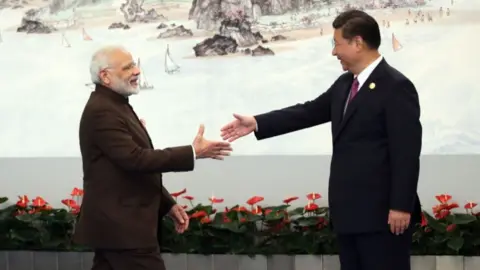Archaeologists have announced the significant discovery of an ancient city, named Peñico, in the Barranca province of northern Peru. Dated to approximately 3,500 years ago, this city is believed to have functioned as a vital trading hub that facilitated interactions between communities on the Pacific coast and the adjacent Andes mountains as well as the Amazon basin. Positioned around 200 km north of Lima at an altitude of 600 meters (1,970 feet), Peñico is thought to have been established between 1800 and 1500 BC, coinciding with the rise of early civilisations throughout the Middle East and Asia.
The discoveries at Peñico illuminate the trajectory of the Americas' oldest known civilization, Caral. Archaeological efforts that spanned eight years led to the excavation of 18 structures, which include ceremonial temples and residential buildings. Drone footage revealed a circular layout atop a hillside terrace at the center of the city, surrounded by remnants of stone and mud buildings. Within these structures, researchers found various ceremonial artifacts, intricate clay sculptures, and decorative necklaces crafted from beads and seashells.
Notably, Peñico is situated near Caral, recognized as the oldest organized civilization in the Americas, which thrived around 5,000 years ago, during 3000 BC. Caral is notable for its monumental architecture, sophisticated irrigation systems, and urban planning, flourishing in relative isolation compared to ancient civilizations in other parts of the world such as India, Egypt, Sumeria, and China.
Dr. Ruth Shady, the archaeologist leading the recent research on Peñico, emphasized the importance of this discovery in understanding the fate of the Caral civilization, especially after it faced decline due to climate change effects. "Peñico’s community was strategically located for trade, allowing them to exchange goods and culture with neighboring coastal, highland, and jungle societies," Dr. Shady stated. During a news conference, Marco Machacuay, an archaeologist from the Ministry of Culture, elaborated on how Peñico represents a continuation of the legacy of Caral.
Peru is known for its extraordinary archaeological contributions, with significant sites such as the Incan citadel of Machu Picchu and the enigmatic Nazca Lines, both of which continue to attract global interest and research.


















